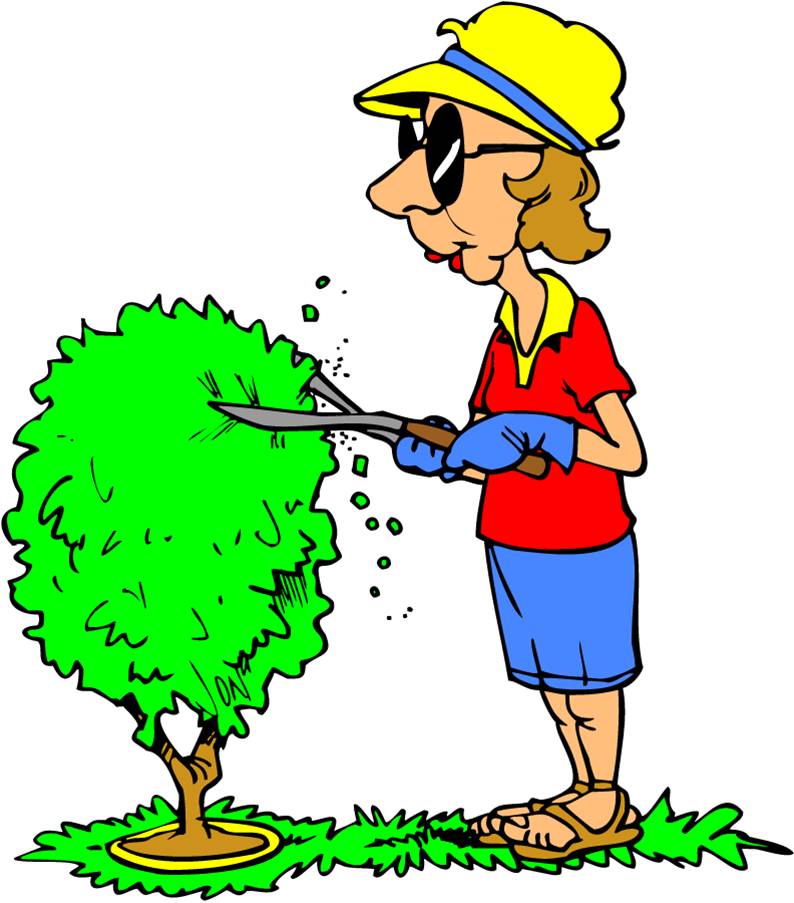
How many parents want their young athlete to better than any other player in his or her age group?
Probably a lot of you. When your young athlete outperforms the competition, it is definitely something to be proud about.
However, if you child isn't the all-star on the 11U team, don't worry. THEY'RE 11!!
Don't try to turn your young player into a college athlete right now, because they don't have to be. At Pair & Marotta's Peak Performance Camp we had a pretty wide variety of athletes coming in. Most played baseball, some played soccer and a few played football.
Many played the same sport year round and other played multiple sports throughout the year. And the one thing that myself and Brian both noticed -
The kids who played more than one sport were by a sizeable difference, the better athletes.
Why is this though? Parents dump a lot of money into club teams and making sure that their child is playing the same sport year round. I mean if they want to get better, shouldn't they play more and more?? Not necessarily.
At a young age kids are like sponges, both mentally and physically. This is the time when we should be flooding them with different stimuli to make sure that we are building connections between the movement of their limbs and their brains.

What also happens at this time is a phenomenon called "pruning". You can look at pruning as the "use it or lose it" stage. If a child does not build bridges from their locomotion nerves to their brain, the body will "prune" the connection site because it is not needed based on minimal usage.
After this very sensitive time, if the nerves are not used and the skill is not regarded as important enough to maintain, then it is often very difficult to retrain the skill.
All in all, it is very important to present a wide variety of stimuli to young athletes and to start with very general movements before specific movements. This will ensure that as athletes grow they maintain movements that are needed as the foundation for more sport specific movements that will be refined as they get older.
Be sure to expose your young athlete to a wide variety of movements, sports and games as it will not be detrimental (contrary to popular belief) but only serve to make them better ATHLETES as they mature.
At a young age kids are like sponges, both mentally and physically. This is the time when we should be flooding them with different stimuli to make sure that we are building connections between the movement of their limbs and their brains.

What also happens at this time is a phenomenon called "pruning". You can look at pruning as the "use it or lose it" stage. If a child does not build bridges from their locomotion nerves to their brain, the body will "prune" the connection site because it is not needed based on minimal usage.
After this very sensitive time, if the nerves are not used and the skill is not regarded as important enough to maintain, then it is often very difficult to retrain the skill.
All in all, it is very important to present a wide variety of stimuli to young athletes and to start with very general movements before specific movements. This will ensure that as athletes grow they maintain movements that are needed as the foundation for more sport specific movements that will be refined as they get older.
Be sure to expose your young athlete to a wide variety of movements, sports and games as it will not be detrimental (contrary to popular belief) but only serve to make them better ATHLETES as they mature.
No comments:
Post a Comment